Asteroid danger! Space rock passed Earth at a distance closer than satellites
NASA revealed key details about Asteroid 2023 BU which made an extremely close approach to the planet today, January 27.

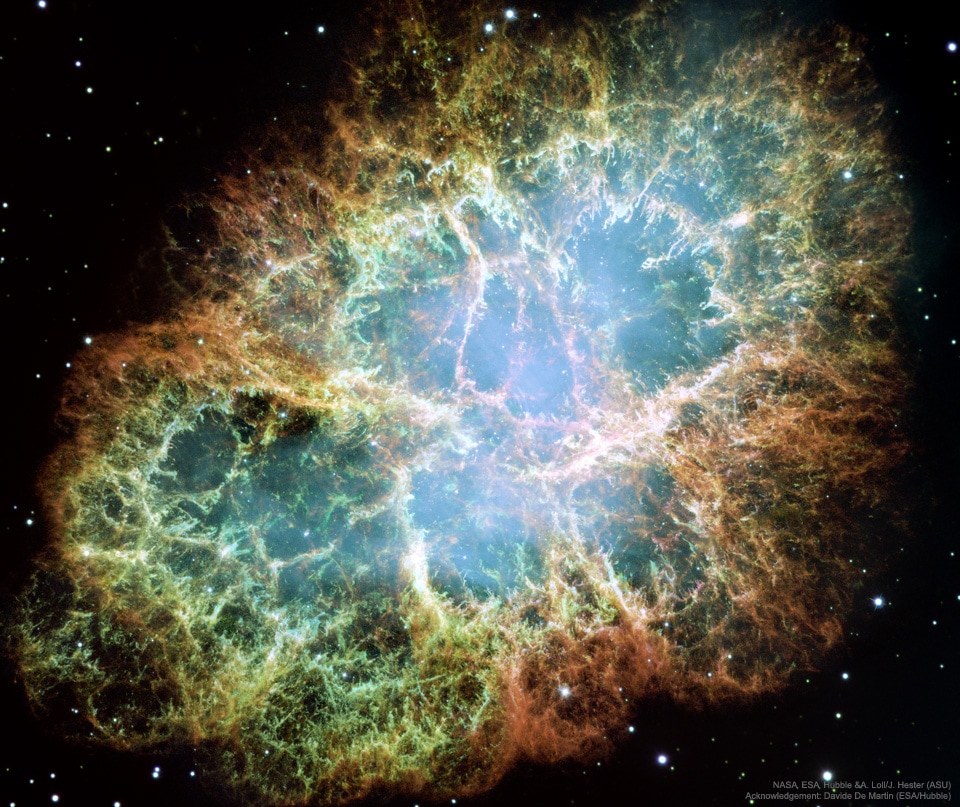
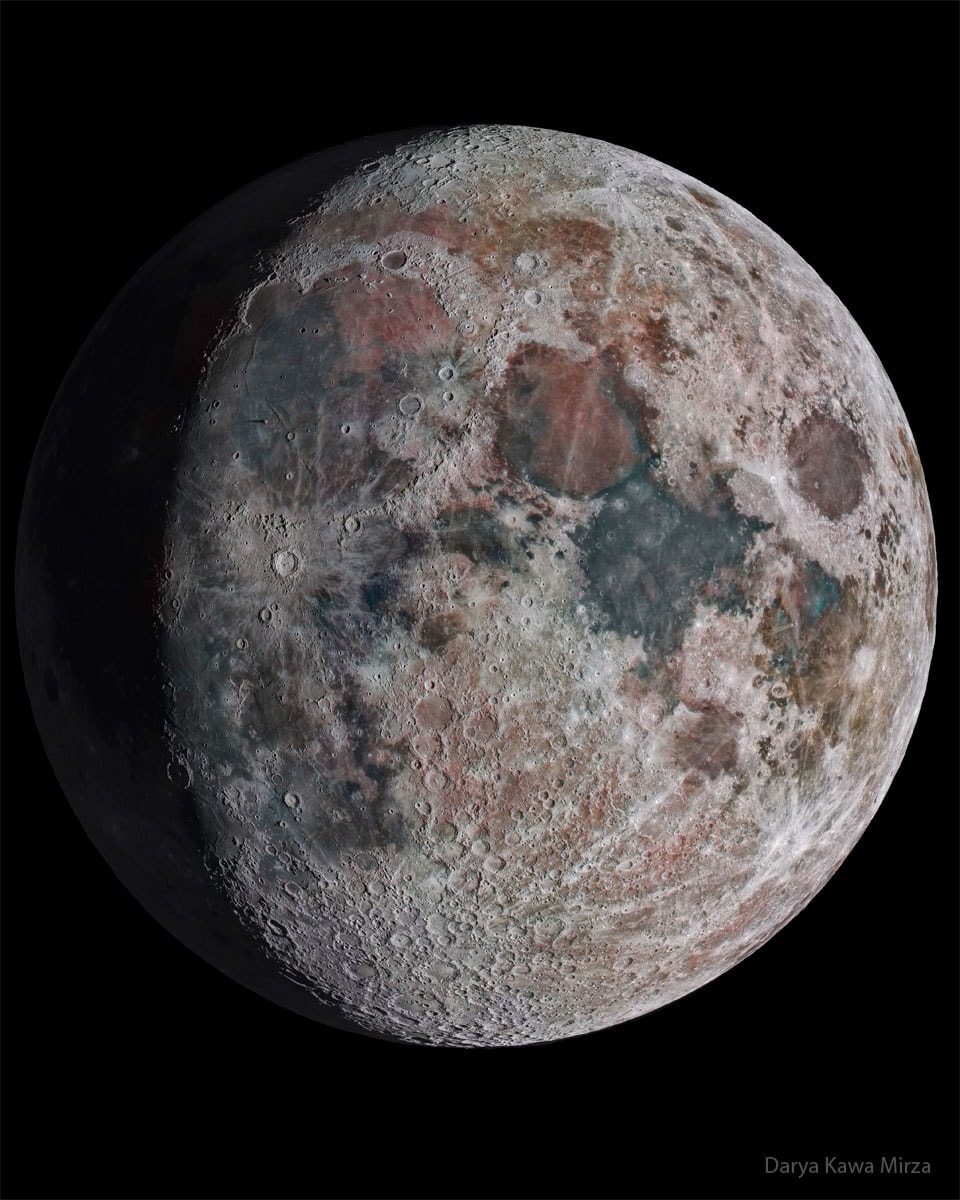
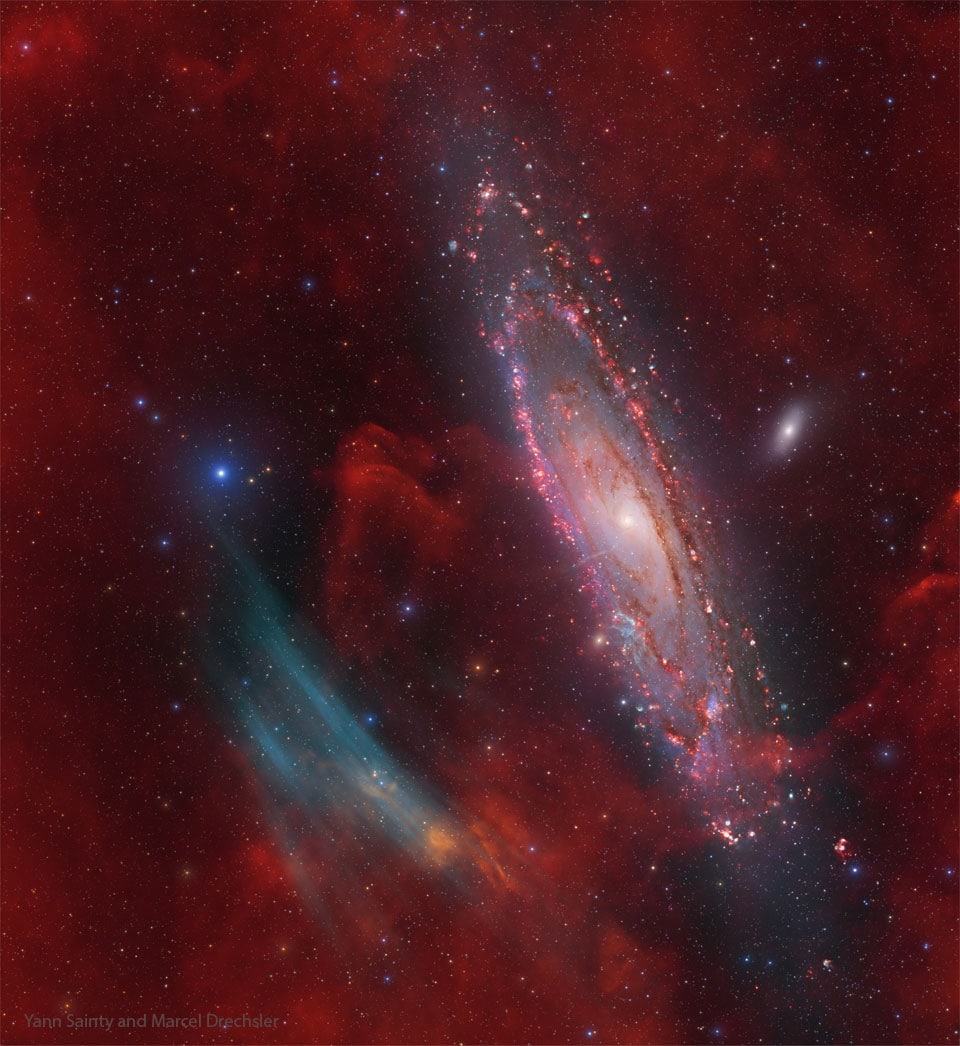
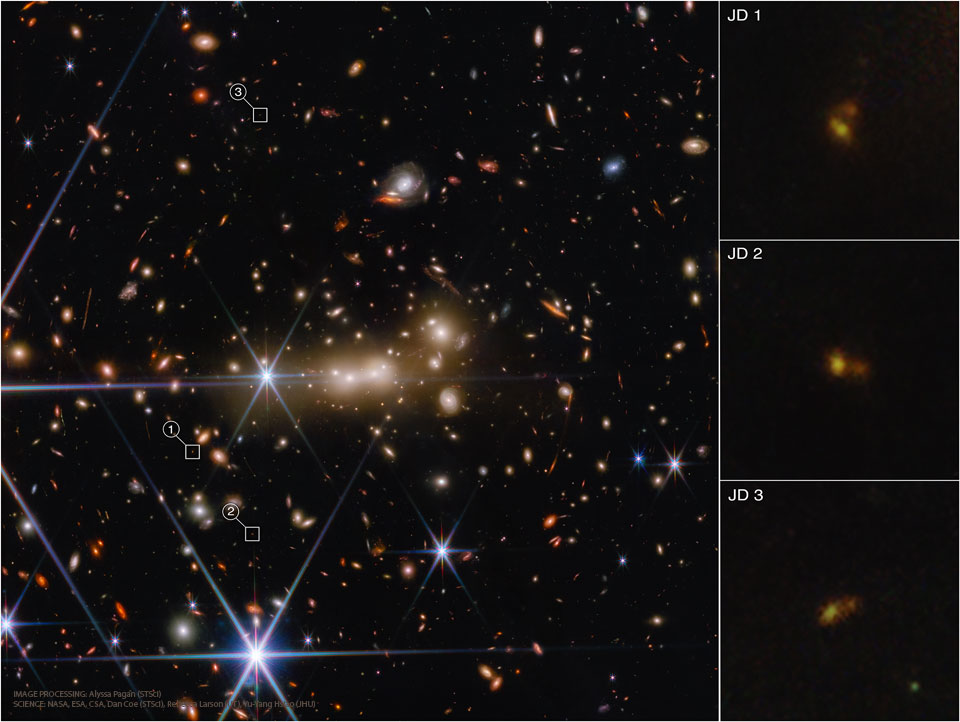
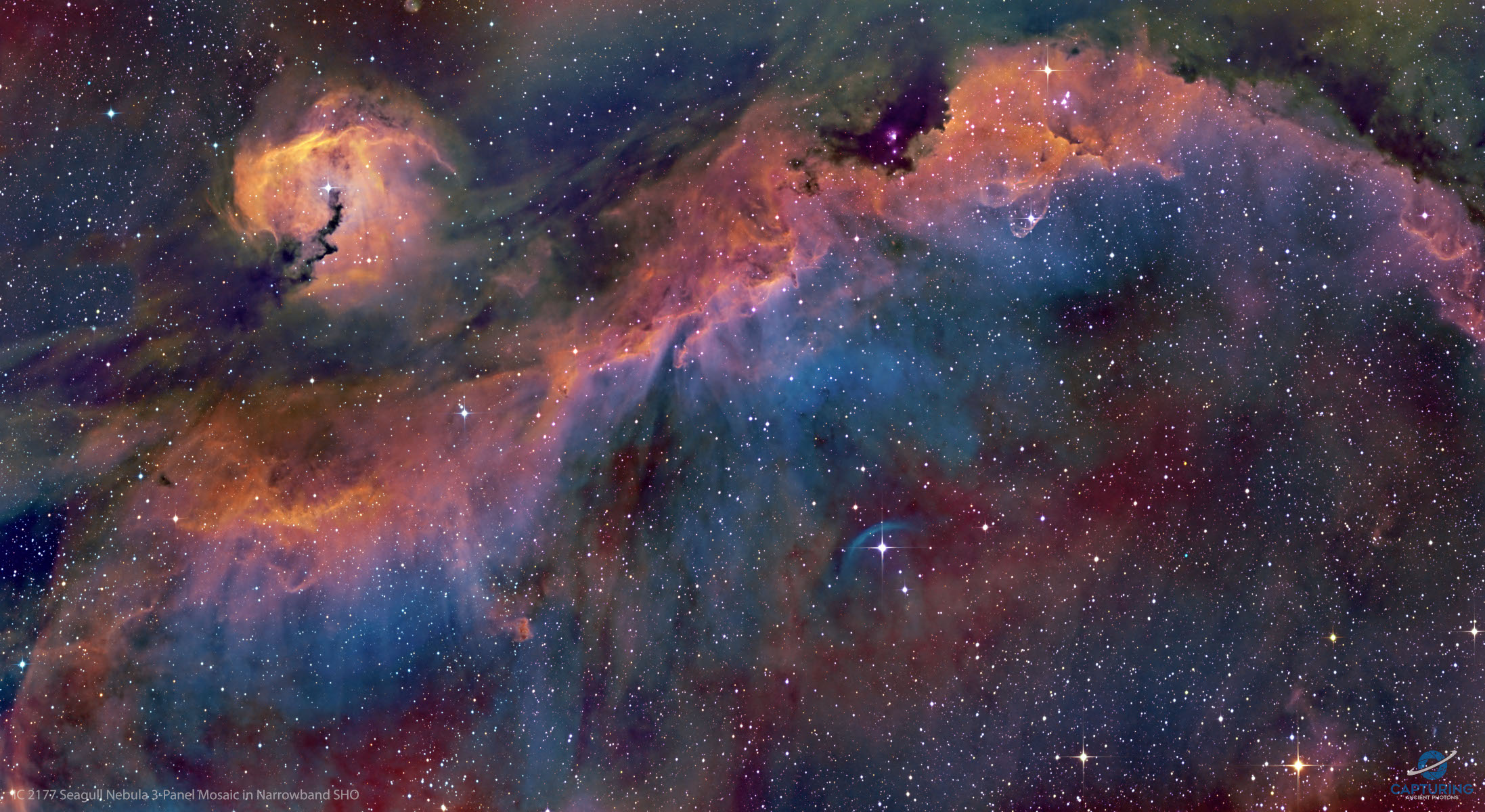
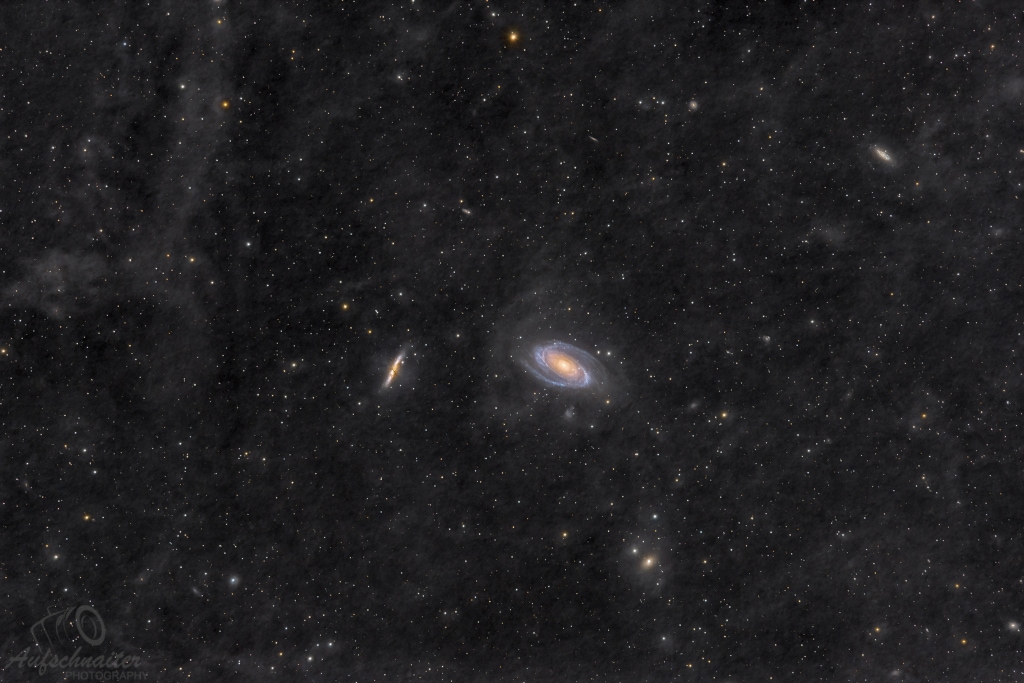
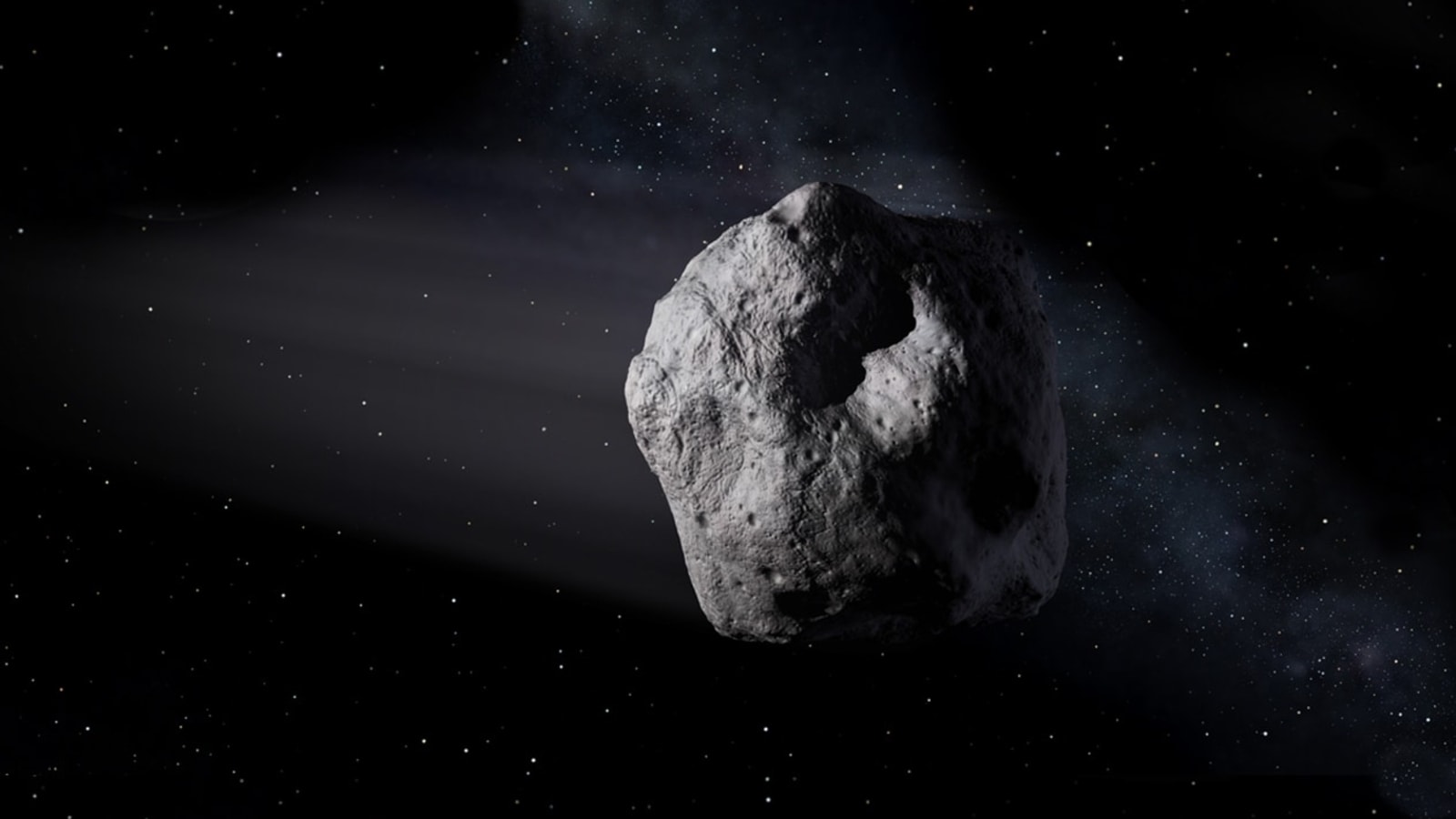
 View all Images
View all ImagesNASA has revealed key details about an asteroid which passed Earth at an alarmingly close distance. Although scientists had earlier determined that there was no risk of impact as of yet, the asteroid's close approach serves as a reminder of the potential danger that asteroids can pose to our planet. NASA, ESA and other space agencies continue to keep a watch on Near-Earth Objects which have the potential to collide with our planet. If these objects come within 8 million kilometers of Earth, they are classified as Potentially Hazardous Objects.
Asteroid 2023 BU
The asteroid has been named Asteroid 2023 BU by NASA's Center for Near-Earth Object Studies. The same organization has also revealed its trajectory, distance of close approach and approximate speed. Asteroid 2023 BU passed Earth today, January 27, at a distance of just 9980 kilometers. That is even closer than some of the geosynchronous satellites which orbit the Earth!
In fact, NASA has revealed that this space rock travelled towards the planet at a fearsome speed of 33350 kilometers per hour. Skywatchers had a chance to catch a livestream of the close flyby. Europe's Virtual Telescope Project, based in Ceccano, Italy, livestreamed the event for astronomers and skywatchers to enjoy.
Efforts to study asteroids
In recent years, there has been a growing effort to track and study asteroids that could potentially threaten Earth. NASA's DART test was carried out as the first planetary defense test against potential asteroid impact. NASA studied the asteroids Didymos and Dimorphos in an effort to better understand the potential threat of asteroid impacts and to develop techniques for deflecting them. ESA's Hera spacecraft observed the result of the collision and reported the findings for further study.
Although no asteroid is expected to hit the planet and cause major catastrophe for at least next 100 years, these close approaches serve as a reminder of the importance of continuing to study and track asteroids in order to better understand and prepare for potential threats.
Catch all the Latest Tech News, Mobile News, Laptop News, Gaming news, Wearables News , How To News, also keep up with us on Whatsapp channel,Twitter, Facebook, Google News, and Instagram. For our latest videos, subscribe to our YouTube channel.




























